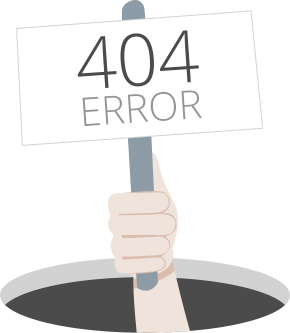- Markets
- News
- Analysis
- Trading Tools
- Blog
- Education
- About us
Popular Articles
Popular Articles
Popular Articles
Popular Articles
Popular Articles
Popular Articles
Litecoin Follows Bitcoin’s Momentum, But Resistance Looms At $79.60
1766284241
Elon Musk’s net worth jumped to $769 billion after Delaware’s Supreme Court restored his $56 billion Tesla pay deal
1766284125
Max Miller and Steven Horsford are drafting a bipartisan crypto tax bill targeting stablecoins and staking income
1766283950
Popular Articles
Popular Analysis
Popular Analysis
U.S. November CPI: How Will Inflation Fluctuations Transmit to US Stocks? Tariffs Are the Key!
1766053116
U.S. November Nonfarm Payrolls: What Does the Rare "Weak Jobs, Strong Economy" Mix Mean for U.S. Equities?
1765880952
The 2026 Fed Consensus Debate: Not Hassett, It’s About Whether Powell Stays or Goes
1764843309
Popular Analysis
Popular Analysis
Popular Analysis
Tesla Stock Hits Record High as Robotaxi Tests Ignite Market. Why Is Goldman Sachs Pouring Cold Water on Tesla?
1765966220
December Santa Claus Rally: New highs in sight for US and European stocks?
1765939815
Judgment on the Fed's December Rate Cut and 2026 Monetary Policy Trend: Identifying Opportunities in the U.S. Stock Market
1765448536
Popular Analysis
Pi Network Price Annual Forecast: PI Heads Into a Volatile 2026 as Utility Questions Collide With Big Unlocks
1766133063
Coinbase Builds a “Universal Exchange” — Wall Street Shrugs. Can COIN Find Its Footing?
1766048112
Bitcoin Hits $90K as Crypto Market Surge Wipes Out $120M in Short Positions
1766047379
Top Blog Posts
Top Blog Posts
Top Blog Posts
Top Blog Posts
Top Blog Posts
Top Blog Posts
Beginners
Long position VS. short position: Which one is better?
In the world of trading, understanding the concepts of long and short positions is crucial for making informed decisions. A long position involves buying an asset with the expectation that its value will rise, while a short position entails selling an asset you don't own, betting that its price will fall.
How to Choose an Online Trading Platform
Selecting a trading platform is one of the most critical decisions for any trader. But how do you ensure you're choosing one that's regulated, cost-effective, and easy to use? Understanding the key criteria can set you up for success.
What is Leverage in Financial Trading?
Leverage is a fundamental concept in financial trading,allowing traders to control larger positions with a smaller amount of capital. While it can amplify potential profits, leverage also significantly increases the risk of losses, making it a powerful but double-edged sword.
Mitrade Insights is dedicated to providing investors with rich, timely and most valuable financial information to help investors grasp the market situation and find timely trading opportunities.
2021
Best News & Analysis Provider
FxDailyInfo
2022
Best Forex Educational Resources Global
International Business Magazine

